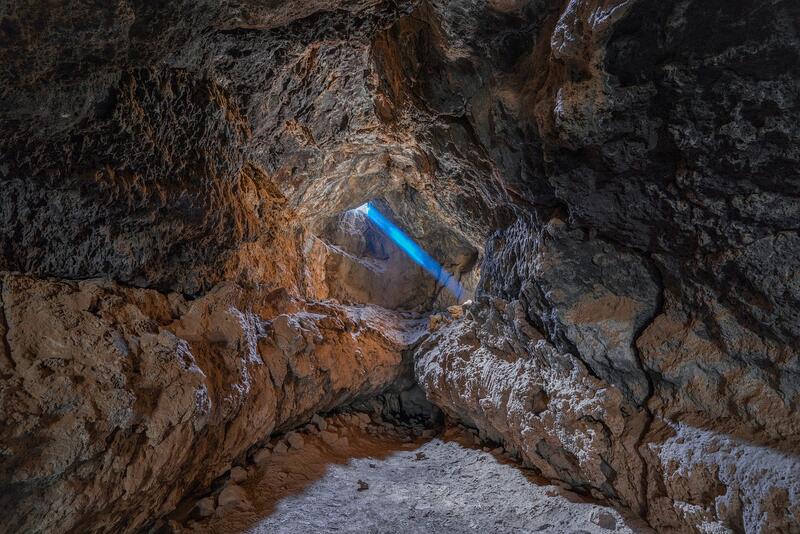Decarbonization Pathways for Quarrying of ornamental and building stone, limestone, gypsum, chalk and slate: An Analysis
This article analyzes decarbonization options for the quarrying of various stones, including limestone, slate, and gypsum, to reduce the industry's carbon footprint.

Introduction
Decarbonisation refers to the process of reducing carbon emissions to mitigate climate change. The quarrying of ornamental and building stone, limestone, gypsum, chalk, and slate sector is a significant contributor to carbon emissions globally. The sector is responsible for extracting and processing natural resources that are used in the construction industry, which is one of the largest emitters of carbon dioxide. Decarbonisation in this sector is crucial to achieving global climate targets and reducing the environmental impact of the construction industry. This article will explore decarbonisation in the quarrying of ornamental and building stone, limestone, gypsum, chalk, and slate sector, including its importance, sources of carbon emissions, reduction strategies, challenges, and implications.
Importance of Decarbonisation in the Quarrying of Ornamental and Building Stone, Limestone, Gypsum, Chalk and Slate Sector
The quarrying of ornamental and building stone, limestone, gypsum, chalk, and slate sector is a significant contributor to carbon emissions globally. The sector accounts for approximately 1.5% of global carbon emissions, which is equivalent to the emissions from the aviation industry (World Bank, 2017). The sector's importance in decarbonisation efforts lies in its potential to reduce carbon emissions significantly. The construction industry, which is the primary end-user of the sector's products, accounts for approximately 39% of global carbon emissions (UNEP, 2017). Decarbonising the quarrying sector can, therefore, contribute significantly to reducing the carbon footprint of the construction industry.
Sources of Carbon Emissions in the Quarrying of Ornamental and Building Stone, Limestone, Gypsum, Chalk and Slate Sector
The quarrying of ornamental and building stone, limestone, gypsum, chalk, and slate sector is a significant emitter of carbon emissions due to its energy-intensive nature. The primary sources of carbon emissions in the sector include:
- Energy consumption: The sector is highly energy-intensive, with energy consumption accounting for approximately 50% of its operating costs (European Commission, 2017). The energy is used for various activities, including drilling, blasting, crushing, and transportation of raw materials and finished products.
- Fuel combustion: The sector uses fossil fuels such as diesel and petrol to power heavy machinery and equipment, which emit carbon dioxide when combusted.
- Cement production: The sector is a significant user of cement, which is a key ingredient in the production of concrete. Cement production is a highly energy-intensive process that emits significant amounts of carbon dioxide.
Reduction Strategies for Carbon Emissions in the Quarrying of Ornamental and Building Stone, Limestone, Gypsum, Chalk and Slate Sector
Several strategies can be employed to reduce carbon emissions in the quarrying of ornamental and building stone, limestone, gypsum, chalk, and slate sector. These include:
- Energy efficiency: Improving energy efficiency in the sector can significantly reduce energy consumption and, consequently, carbon emissions. This can be achieved through the use of energy-efficient machinery and equipment, the adoption of best practices, and the implementation of energy management systems.
- Renewable energy: The sector can transition to renewable energy sources such as solar, wind, and geothermal power to reduce its reliance on fossil fuels. This can be achieved through the installation of renewable energy systems on-site or sourcing renewable energy from the grid.
- Carbon capture and storage: Carbon capture and storage (CCS) involves capturing carbon dioxide emissions from industrial processes and storing them underground. CCS can be applied to the sector's cement production process to reduce carbon emissions.
- Material efficiency: The sector can reduce its carbon footprint by improving material efficiency. This can be achieved through the use of recycled materials, reducing waste, and improving the durability of products.
Challenges Facing Decarbonisation in the Quarrying of Ornamental and Building Stone, Limestone, Gypsum, Chalk and Slate Sector
Several challenges hinder the decarbonisation of the quarrying of ornamental and building stone, limestone, gypsum, chalk, and slate sector. These include:
- High capital costs: The adoption of low-carbon technologies and renewable energy sources requires significant capital investment, which may be a challenge for small and medium-sized enterprises in the sector.
- Technical limitations: The sector's heavy machinery and equipment require high energy inputs, making it challenging to transition to renewable energy sources.
- Regulatory barriers: The lack of supportive policies and regulations can hinder the adoption of low-carbon technologies and renewable energy sources in the sector.
- Lack of awareness: There is a lack of awareness among stakeholders, including quarry owners, operators, and consumers, about the importance of decarbonisation and the available low-carbon technologies and renewable energy sources.
Implications of Decarbonisation for the Quarrying of Ornamental and Building Stone, Limestone, Gypsum, Chalk and Slate Sector
Decarbonisation has several implications for the quarrying of ornamental and building stone, limestone, gypsum, chalk, and slate sector. These include:
- Increased competitiveness: The adoption of low-carbon technologies and renewable energy sources can improve the sector's competitiveness by reducing operating costs and improving efficiency.
- Improved reputation: Decarbonisation can improve the sector's reputation by demonstrating its commitment to sustainability and reducing its environmental impact.
- Access to new markets: The adoption of low-carbon technologies and renewable energy sources can open up new markets for the sector's products, particularly in the construction industry, where there is increasing demand for sustainable products.
Conclusion
Decarbonisation in the quarrying of ornamental and building stone, limestone, gypsum, chalk, and slate sector is crucial to achieving global climate targets and reducing the environmental impact of the construction industry. The sector is a significant contributor to carbon emissions globally, with energy consumption, fuel combustion, and cement production being the primary sources of emissions. Strategies to reduce carbon emissions in the sector include improving energy efficiency, transitioning to renewable energy sources, implementing carbon capture and storage, and improving material efficiency. However, several challenges hinder decarbonisation efforts, including high capital costs, technical limitations, regulatory barriers, and lack of awareness. Decarbonisation has several implications for the sector, including increased competitiveness, improved reputation, and access to new markets.